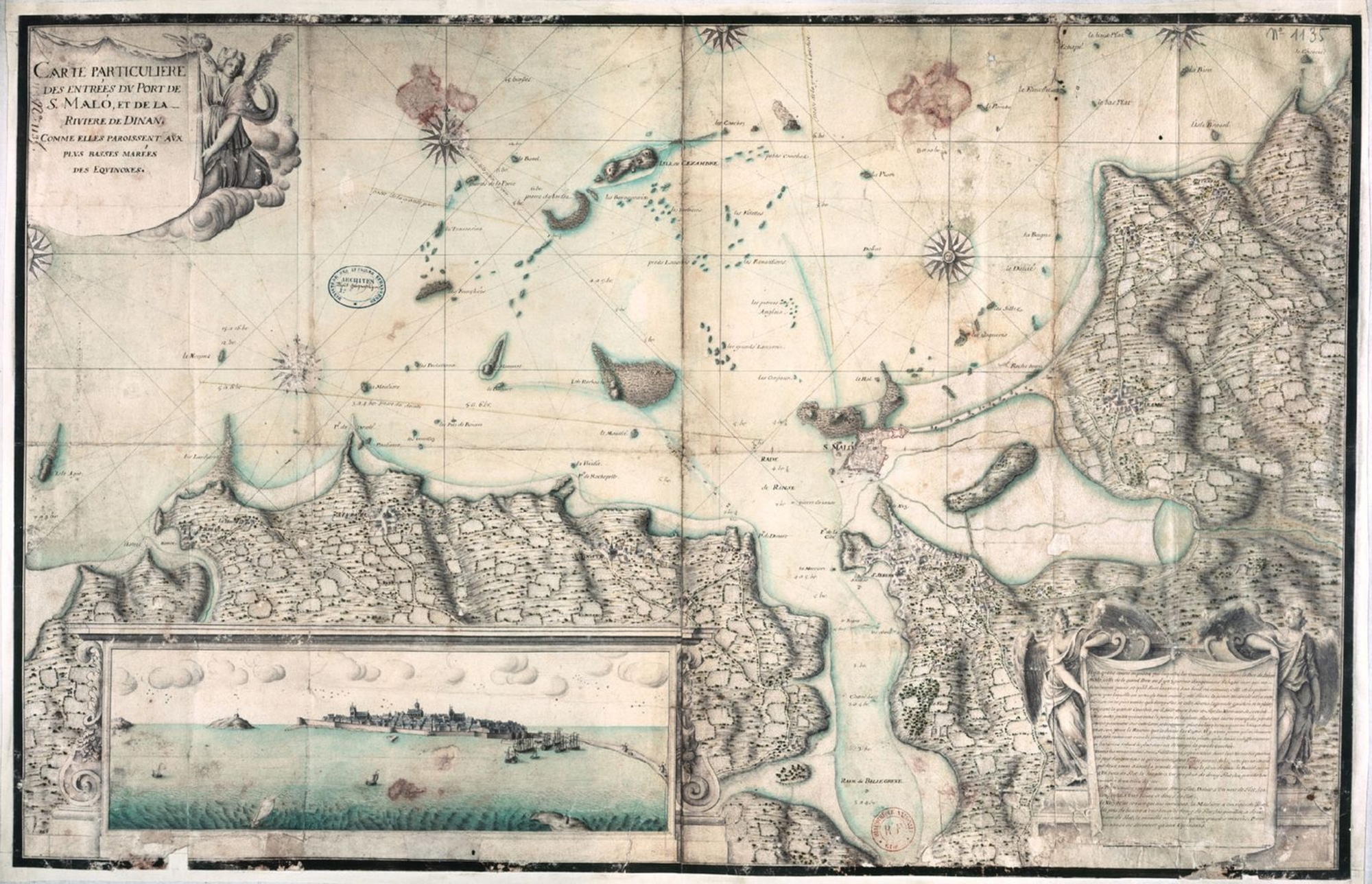- Home
- Trade and navigation
- Trade and navigation
Once mankind had mastered the sea, ships began to transport every sort of object produced by the hand of man. The world of trade is inextricably linked with the history of the ship – the advances, the adventures, the expansion out into deep water and the inevitable tragedies. Trade was often the driving force behind exploration, and served as the impetus for relations between communities; it was the glue that held human societies together. France's western waters were an obligatory passage between northern and southern Europe, and its coastline was home to every product traded via the Atlantic. Wine from Gascony and the Loire Valley, iron and wool from Castile, textiles from England and Normandy, canvas from Germany and Olonne, salt from Bourgneuf and wood from the Baltic regions – all of these products sailed along the coast of France, passed through its ports and invigorated its economy.
This unique aspect of France's western coastline quite naturally led underwater archaeologists to develop research projects focusing on international or coastal trade routes, transport of raw materials or construction materials, slave-trading ships or indiamen, large clipper ships, the first steamships, and so on. These projects were fruitful, since the English Channel and France's Atlantic coast had witnessed centuries of maritime trade, and many wrecks. Their sunken cargos, some of them quite spectacular, received a great deal of attention, but there are also ships that sank without a trace, leaving behind only a pile of archival documents. This is the case with fishing boats, and the ships that supplied the salt routes. Their remains are down there, waiting to be discovered and studied – tomorrow or in a hundred years' time.
